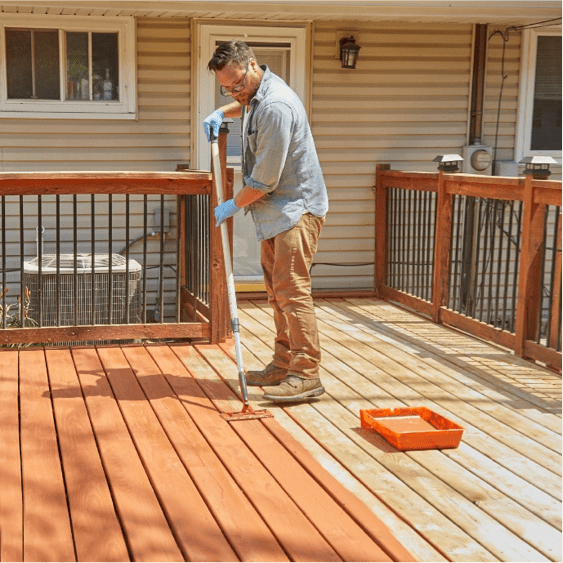Typically, shipping containers are inspected when they return from an import trip but aren’t inspected when they set off again. Here’s what you need to know about a full shipping container inspection.
Pre-Stuffing
Before containers are stuffed, there are several checks to be made according to the Industry Guidance for Shippers and Container Stuffers. The unit should be checked over both inside and out to ensure it is structurally sound and safe to work around. It’s a good idea to take digital, dated photographs of the outside on the container too.
External Checks
A shipping container should have a valid Container Safety Approval plate as required by certified shipping container engineering bodies. The re-examination date should not have passed at time of inspection. Once these factors have been considered, the exterior of the unit can be inspected for:
- Holes – there shouldn’t be any obvious tears or holes in the paneling.
- Doors – the doors should not be distorted or broken nor should the door seal gaskets, locks, or even hinges.
- Tarps – if the containers have removable tarps, roof tilts, or side curtains, check that they are correctly fitted and equipped with tilt wire. There shouldn’t be any tears.
- Roof bows – if you’re looking for open top containers, make sure all the roof bows are present and if the roof is retractable, it should slide smoothly to the end of the container.
- Markings and placards – anything on the outside referring to the last container shipment should already have been removed.
- Structure – you should not see any serious structural defects such as cracked or torn corner fittings or damaged side rails.
Internal Checks
Once you’ve inspected the exterior of the container and agreed it is in good condition, it’s time to open it and check the following:
- Cleanliness – there should be no left over dust, liquid, grease or sweepings from the last shipment of cargo.
- Dryness – the interior of the container should be dry and free of frost.
- Infestation – there shouldn’t be any sign of pests, rodents or insects that can harm cargo and lead to delays by health authorities.
- Taint free – if you’re going to be using the container for delicate goods that could be damaged by bad odours, the container should smell “sweet.” You’ll notice if there are any lingering smells as soon as you open the container’s doors.
- Watertight – walk into the container and close the doors. If you can see any spots of light that means water can get in. Check the floor too since water can splash upwards during road transportation.
- Instructions – look for any instructions to follow posted inside the container.
Post-Stuffing
Once you have settled loaded your goods into the container, check the following:
- Restraint – goods should be arranged and secured to handle the usual stresses and strains for the journey. Doorway cargo should not be able to shift. Shipping container engineering of a modern 20 feet flat rack container ensures that the problem of shifting of cargo is lessened.
- Customs inspection – if you have placed more than one type of cargo in the container, you can save time and cost if you place a sample of each article near the door for the customs inspection.
- Security – once the doors are closed, all lugs should be securely engaged which forces the door seals into compression. Make sure the company’s approval seal is fitted in the right position and complies with ISO standards.
- Contents – don’t place any signs that advertise the goods on the outside as this attracts thieves. Dangerous goods should be labelled
Prior to Unpacking
Before unpacking make sure:
- the container seal is in tact
- note any external damage to the container
- cautiously open doors
Once the container has been emptied, check for damage and thoroughly clean out the container. Also examine for any wet stains or holes in the roof or sides and remove all labels and placards.
Related: https://www.greenwonder.com/shipping-container-homes-by-award-winning-uk-based-architects/





